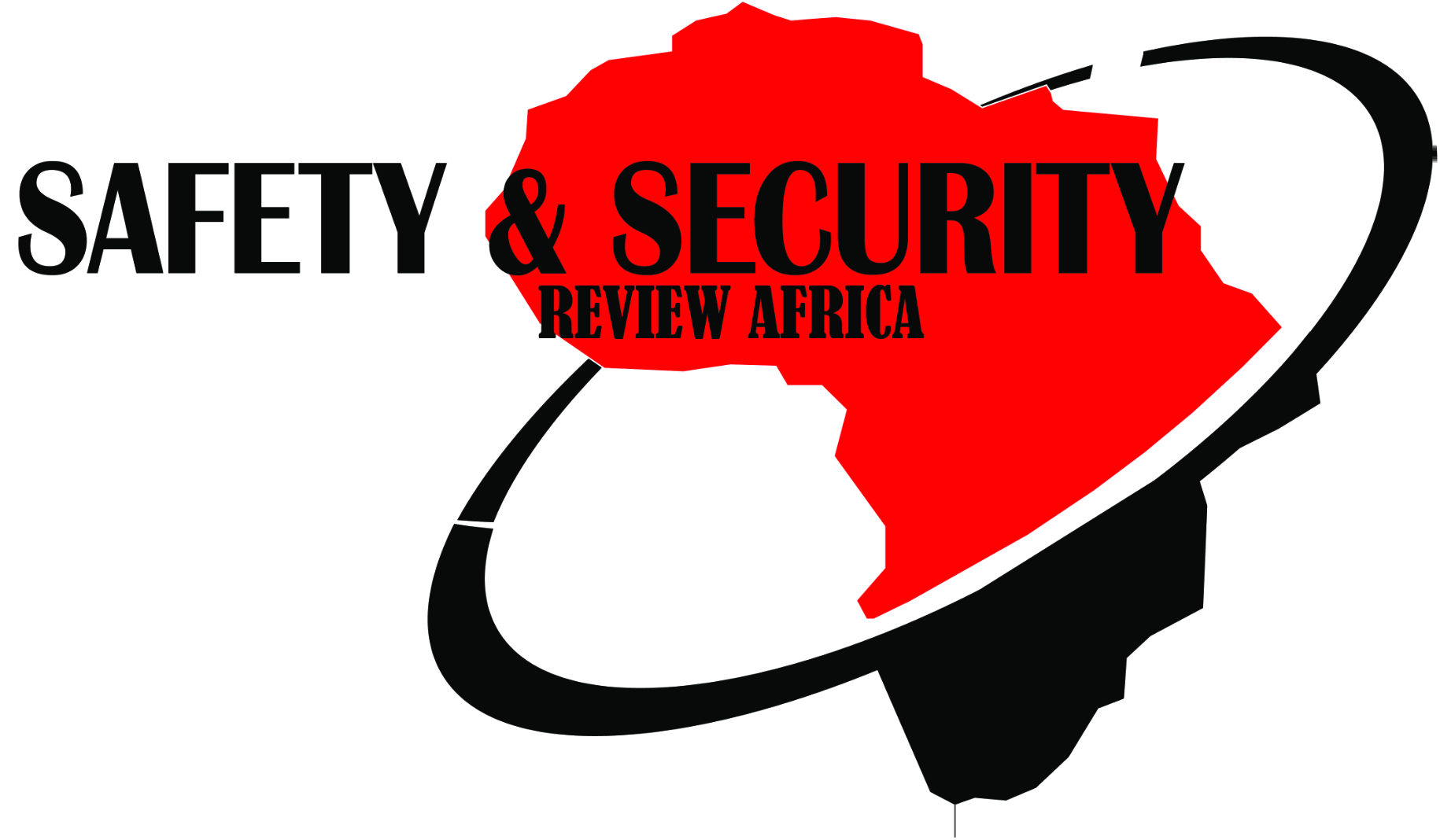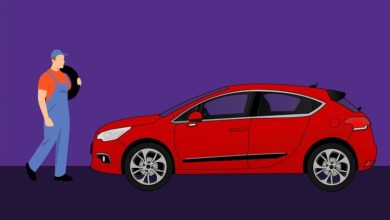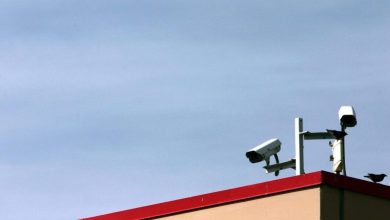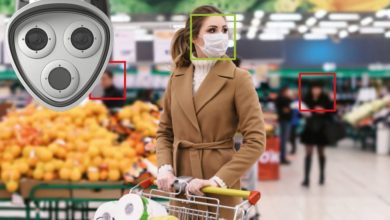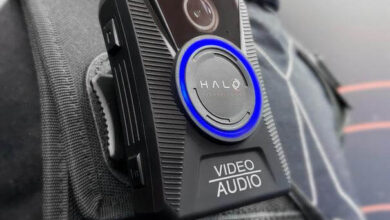Cloud Video Surveillance: Creating smarter, safer, and more secure education environments

Education establishments have long used CCTV systems to monitor and record activity in and around their premises and external settings in order to keep pupils, students, and staff members safe and protected against threats.
Providing that extra level of security and reassurance, CCTV surveillance provides the real-time monitoring that can help deter theft or vandalism and other illicit or anti-social behaviours while providing instant visibility of any incidents that occur.
Utilised to monitor visitors, prevent unauthorised access to premises and support a faster response to problematic events, it also provides video evidence for investigations into incidents and events. But in recent years video surveillance systems have evolved to do far more than simply recording events after the fact.
Indeed, today’s cloud-based surveillance and automation technologies are capable of providing instant alerts and notifications via a single dashboard or mobile app. They also come equipped with smart analytics that enable better decision-making on how to improve security or enable truly optimised learning environments.
A scalable, more cost-efficient option
Many schools, colleges and universities are still reliant on first generation on-premises CCTV technologies that are proving increasingly costly to maintain and support and offer limited flexibility when it comes to addressing changing security needs.
As education environments evolve and grow, it’s not unusual for cameras to no longer be sited in the right locations. This both reduces the effectiveness of the system as a whole and adds to the list of tasks required for the security team to achieve situational awareness. Plus, predicting and scaling up the storage capacity required to retain a growing volume of recorded images from additional cameras or to increase the resolution of captured images is a complex and expensive proposition.
Finally, on-premises surveillance systems are typically managed by a core group of users who can only access recordings manually at a fixed location. This is increasingly at odds with the need for key authorised users to be able to remotely retrieve critical video-based information in real-time in order to respond fast to any incident, at any location.
Enabling the centralised configuration, viewing, and monitoring of video across multiple locations, while reducing infrastructure costs, today’s modern cloud-based video solutions make it easy to implement intuitive video surveillance without the need for extra servers or software. They can also remotely and quickly retrieve video images without having to search hours of video.
Delivered via the cloud video as a service
Delivered on a video-surveillance-as-a-service (VSaaS) model, today’s cloud-based surveillance technologies eliminate the need for significant capital investment in expensive infrastructure, including storage hardware. With VSaaS, all data is securely hosted by third-party providers, system updates are automatically provisioned via the cloud, and it works with existing IP and analog cameras, all of which saves organisations valuable time and money.
Choosing a cloud-based or flexible hosted solution at last makes it possible for education establishments to initiate a highly scalable and flexible video surveillance platform that is easy to use, cost-effective, requires little maintenance and will easily flex as security needs evolve.
Applying learnings from smarter camera
Today’s cloud-based solutions also offer automation and analytics options that represent a significant advance on legacy on-premises CCTV systems when it comes to safeguarding people and premises.
For example, today’s smarter systems enable the monitoring of when people enter and exit buildings that makes it possible to discover peak traffic flow times and patterns so that timetables and schedules can be adjusted. Similarly, to address issues like loitering, alerts can be set up to monitor for trespassers or out-of-hours loiterers in car parks, playgrounds, or sports facilities.
Automation technologies can also be used to send alerts the moment a camera is blocked, covered or moved in real-time. The system can also provide live notifications when people enter sensitive locations where expensive equipment, trophies or important documents are located.
To proactively mitigate risk, these systems are also capable of scanning an environment and ‘recognising’ suspicious behaviours and raising an immediate alert. Plus, object detection makes it quick and easy for users to quickly search video footage for relevant clips; thereby eliminating the need for time consuming manual monitoring.
Enabling the education sector to improve security and enhance operational processes, more advanced, affordable, versatile surveillance systems make it easier to provide a safe and secure environment for students of all ages to learn and grow. Providing alarms only when there is something to see, today’s intelligent systems do far more than simply act as security cameras. They enable school administrators to to understand footfall trends and patterns, to easily find video in the case of an incident, and to gain the situational awareness needed to reduce the risk of incidents occurring in the first place.
